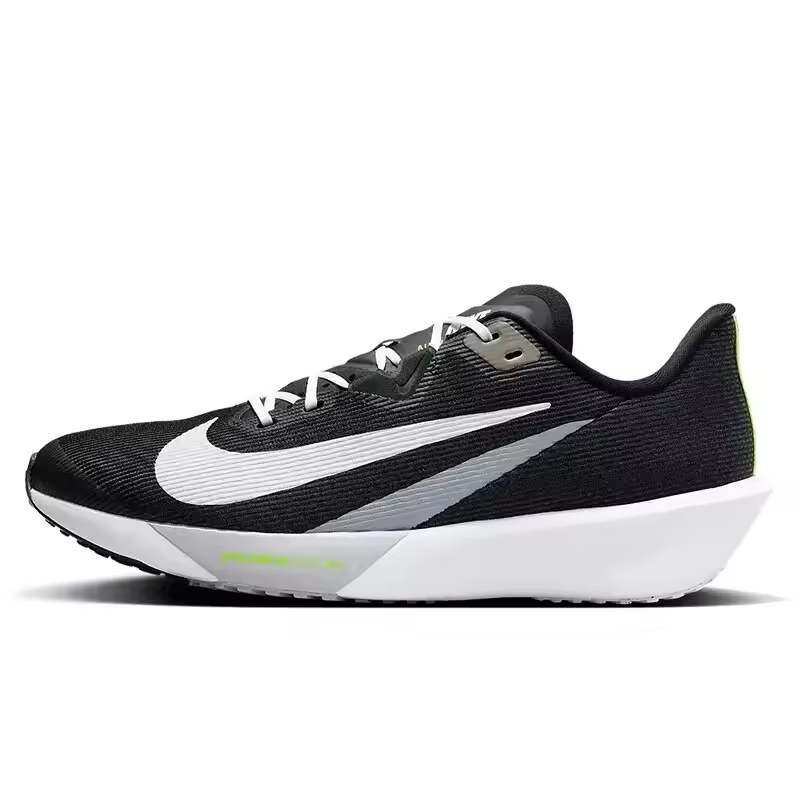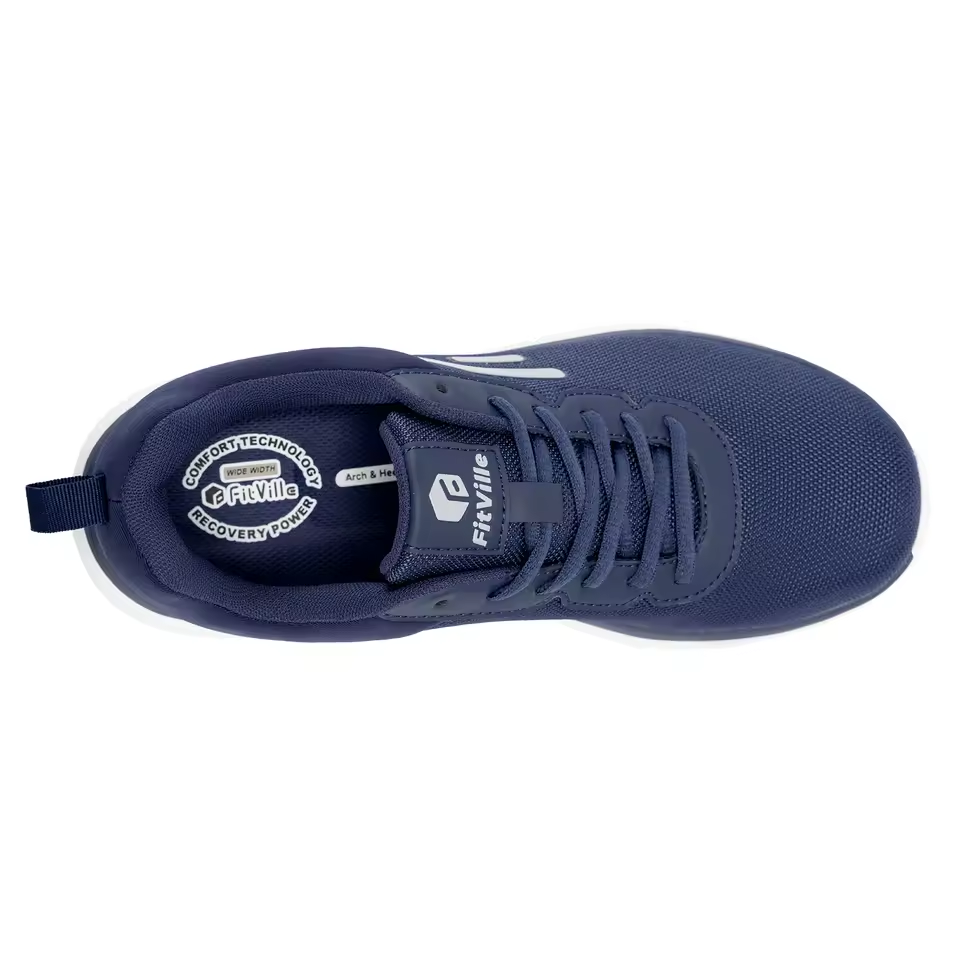The Importance of Proper Footwear for High Arches
Choosing the best running shoes for high arches is critical for runners. Proper footwear can prevent injuries, increase comfort, and improve performance. High arches cause the foot to be less flexible. This can lead to a poor distribution of body weight across the foot. The right shoes help by providing proper support and cushioning.
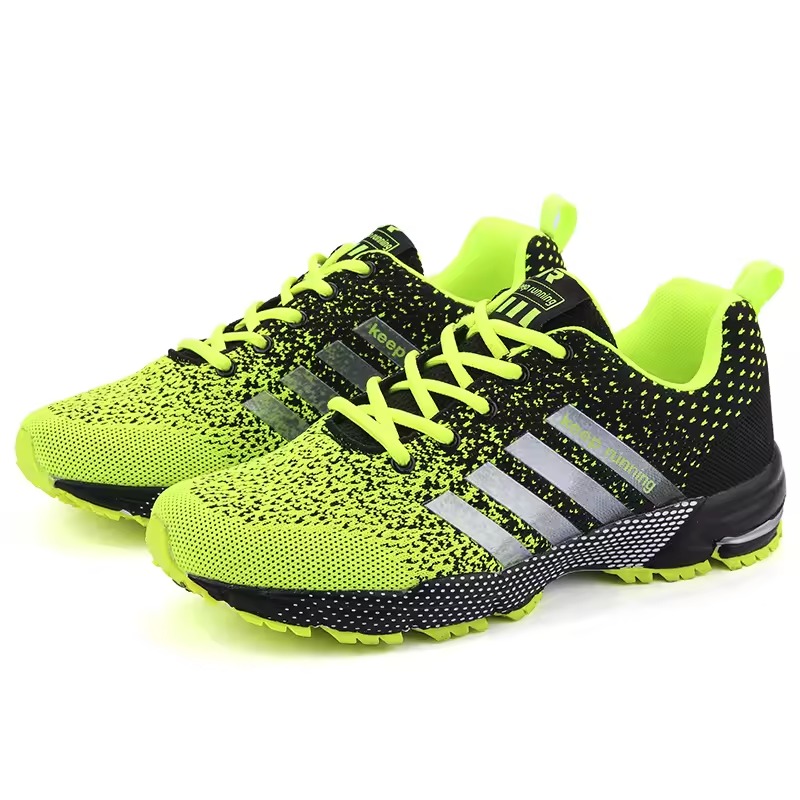
Good shoes can absorb shock during a run. They can also guide the foot to align better with the leg. This is key for maintaining stability and preventing strains or sprains. Moreover, the right shoes can reduce the risk of developing plantar fasciitis. This painful condition often affects those with high arches.
In summary, for those with high arches, selecting the best running shoes is not just about comfort. It’s about safeguarding against potential injuries and ensuring an efficient running stride. It’s an investment in your health and running future.
Recognizing High Arches: Signs and Symptoms
Identifying high arches is the first step to selecting the best running shoes for high arches. Look for these signs:
- Arch Visibility: When standing, much of your foot’s arch doesn’t touch the ground. You can check this by looking at your foot’s imprint after getting out of a pool or after a shower.
- Foot Pain: Discomfort or sharp pain, especially in the heel or arch area, can signal high arches. After running or walking, if you feel an unusual strain, this could be a sign.
- Instability: Do you find your ankles twisting more often? High arches can lead to instability while walking or running, increasing the risk of ankle sprains.
- Limited Flexibility: High-arched feet may exhibit reduced flexibility. This can make your foot rigid and less adaptive to uneven surfaces.
- Calluses: Look for calluses on the heel, ball of the foot, or along the side. They form where the most pressure is placed during movement.
- Shoe Wear Pattern: Examine your old running shoes. High arches often lead to excessive wear on the outer edge of the shoe, due to the outward tilt of the heel.
If you notice any of these symptoms, consider them as indicators of high arches. By recognizing these signs early, you can choose the right footwear to support your run and guard against discomfort and injury.
The Science Behind Running with High Arches
Understanding the science of running with high arches is crucial for runners. High arches affect how feet absorb and distribute impact during a run. This can influence overall body mechanics. Here’s a breakdown of the key scientific aspects:
- Impact Force Distribution: Feet with high arches tend not to roll inward enough. This underpronation leads to a concentration of impact on the outer parts of the foot. It can cause stress on the lower leg.
- Shock Absorption: The arch of the foot acts as a natural shock absorber. However, high arches offer less surface area to absorb this shock. This increases the force on the heels and forefoot.
- Stride Efficiency: Efficient stride means effective use of energy. With high arches, the irregular foot movement can make strides more energy-consuming.
- Muscle Strain: High arches can lead to tightened heel cords. This can increase the strain on leg muscles and tendons during a run.
By knowing these aspects, runners can select the best running shoes for high arches. These shoes should align with their unique gait. They should compensate for the lack of natural shock absorption and improve impact distribution. Runners with high arches thus can enjoy a more comfortable and safe run.
Features to Look for in Running Shoes for High Arches
When you have high arches, certain features in running shoes can make a big difference. Keep these key elements in mind:
- Arch Support: Look for shoes with enhanced arch support. This support prevents your foot from collapsing inward.
- Cushioning: High arches need extra cushioning, especially in the midsole area, to absorb impact.
- Flexibility: A flexible shoe allows your foot to move naturally. However, too much flexibility can reduce support.
- Width Options: Since high arches can make feet wider, consider shoes that offer different width sizes.
- Stable Heel Counter: This provides stability to the heel area and prevents excessive movement.
- Breathable Material: Shoes made from breathable fabric keep your feet cool and dry.
- Lightweight Design: A lighter shoe can help reduce fatigue during long runs.
Get shoes with these features to help guard against pain and injury. They can also improve your running experience.
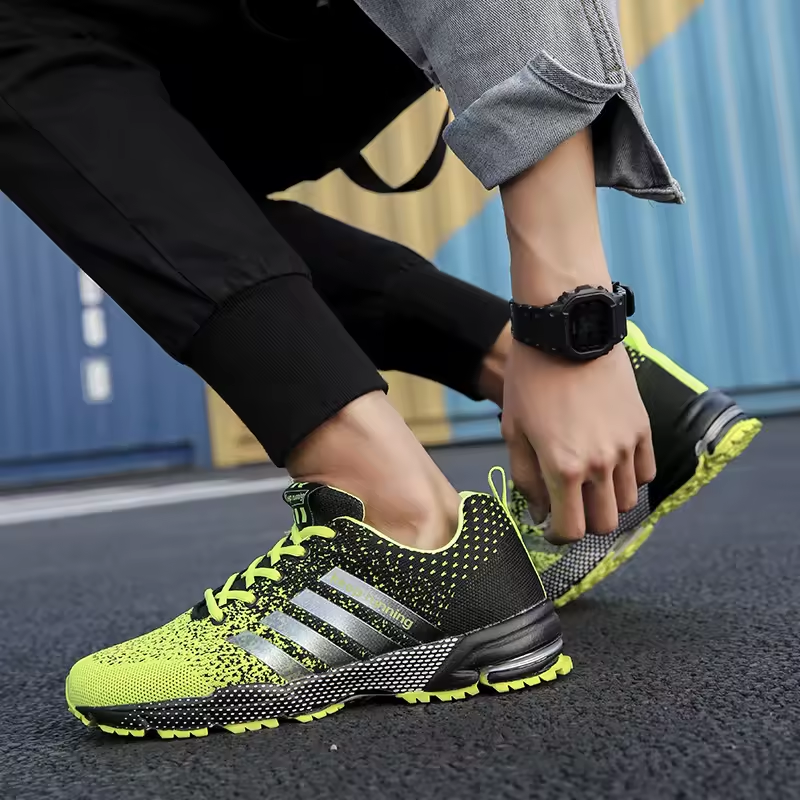
Top Running Shoe Picks for High Arch Runners in 2025
Finding the right shoes is crucial for high arch runners. Here are the top picks for 2025 that blend support, cushioning, and stability, perfect for those with high arches.
- Cushioned Comfort: Choose shoes with ample cushioning. This helps absorb impact and protect your feet.
- Responsive Support: Look for shoes that provide feedback with each stride. This gives a bounce that aids forward motion.
- Arch Support Technology: Some shoes have specific tech for high arches. This ensures your arch gets the exact support it needs.
- Durability: Invest in shoes known for their long-lasting build. They should withstand many miles of running.
- Lightweight Materials: Heavy shoes can tire you out. Pick ones made with light, yet resilient materials.
When you shop for the best running shoes for high arches, these features are must-haves. They can spare you pain and injuries, making your runs more efficient and enjoyable. Test a variety of shoes to find your perfect match and embrace a pain-free running journey in 2025.
How to Test and Fit Running Shoes for High Arches
When you’re shopping for the best running shoes for high arches, it’s essential to know how to test and fit them properly. Here are some tips to ensure you get the right shoes:
- Check the Fit: The shoe should fit snugly around your heel but with enough room for your toes to move. Try the shoes on with the type of socks you’ll run in.
- Walk and Jog Test: Walk and jog in the shoes to see how they feel. Pay attention to any discomfort or slipping. Your feet need to feel stable at all times.
- Arch Support Check: Make sure the arch support aligns with the highest point of your arch. This distributes weight and reduces pressure.
- Cushioning Feel: The shoes should provide a cushioned ride without being too soft. Too much ‘give’ can reduce support for your high arches.
- Flex Point: The shoe should bend where your foot naturally flexes. Incorrect flex points can lead to pain or injury.
- Lacing Technique: Use different lacing techniques to improve fit. This can help if your feet are particularly narrow or wide.
- Wear Them at Home: Spend time wearing the shoes at home to ensure no delayed discomfort appears. This can save pain on an actual run.
Finding the right fit for high arches can be challenging. Take your time to test various shoes. It’s worth the effort when you find a pair that feels like it’s made just for you. Remember, proper fit is as vital as the shoe’s features.
Common Mistakes to Avoid When Choosing Shoes for High Arches
Finding the best running shoes for high arches involves more than just picking any athletic shoe. To ensure you make a wise choice, be mindful of these common mistakes:
- Ignoring Arch Support: Never overlook the arch support that your high arches need. Shoes without targeted arch support can lead to injuries.
- Choosing Fashion Over Function: Aesthetic appeal should not trump functionality. Always prioritize features over style to protect your feet.
- Incorrect Sizing: Getting the wrong size can harm your feet. Too tight or too loose can cause discomfort or blisters during runs.
- Overlooking Width Options: Remember, high arches may widen your feet. Select shoes available in various widths for the best fit.
- Skipping the Flex Test: You need flexible shoes, but not too flexible. Shoes that bend too easily may not provide enough stability for your arches.
- Neglecting Gait Analysis: Your running gait is crucial. Have it analyzed to pick shoes that complement your unique gait.
- Lapse in Trying Multiple Pairs: Don’t settle too soon. Try on several pairs to compare the fit and comfort they offer.
- Forgetting about Shoe Lifespan: Running shoes wear out. Replace them regularly to maintain arch support and cushioning.
By avoiding these pitfalls, you’re well on your way to purchasing the best running shoes for your high arches that will offer the right mix of support, comfort, and durability.
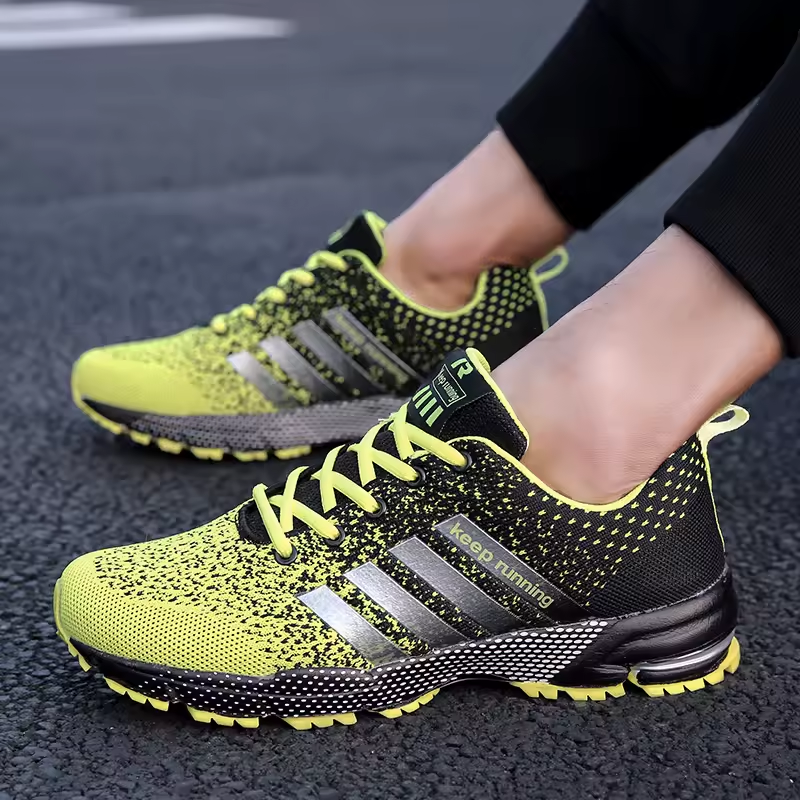
Caring for Your Running Shoes and Your Arches
Once you’ve found the best running shoes for high arches, proper care is key. Here’s how to maintain both your shoes and your arches:
- Rotate Your Shoes: Using more than one pair allows each to recover. This keeps the cushioning in good shape.
- Keep Them Dry: Moisture can damage shoes. Dry them out if they get wet to help maintain their structure.
- Proper Cleaning: Clean shoes gently with a soft brush and mild soap. Avoid harsh chemicals.
- Storage: Store your shoes in a cool, dry place. Extreme heat or cold can affect their materials.
- Supportive Inserts: Consider custom orthotics or supportive insoles. They add extra arch support.
- Regular Replacements: Don’t wait too long to replace shoes. Running on worn-out cushioning can hurt your arches.
- Stretch Your Feet: Stretching can help keep your high arches flexible. This can reduce injury risk.
- Arch Strengthening: Engage in exercises to strengthen your arches. Strong arches support better running performance.
Caring for both your shoes and your feet will enhance your running experience. Moreover, it will ensure longevity in your running journey. Always remember, the right maintenance goes a long way in supporting high arches.
